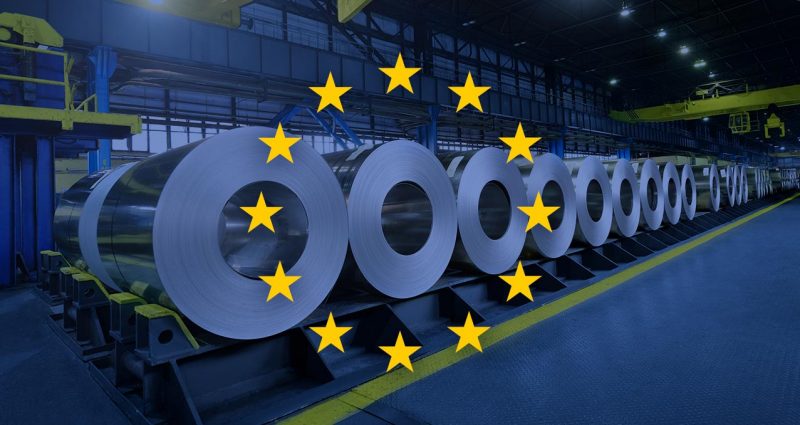
EU Steel Tariff Proposal Targets Chinese Imports and Strategic Infrastructure
The European Commission is preparing to impose tariffs between 25% and 50% on Chinese steel, according to reports from Handelsblatt. The move aims to shield European producers from growing competitive pressure and to align public infrastructure projects with the EU’s industrial policy. Under the proposed measures, steel used in subways, bridges, and rail networks will come primarily from green European sources, reinforcing the bloc’s climate and industrial goals.
The new policy comes amid concerns that Chinese exporters are undercutting European steelmakers, who face stricter environmental regulations and higher energy costs. In 2024, China exported 368,000 tons of steel to the EU, representing just 4% of its total steel exports, according to China Iron and Steel Association data cited by Reuters. While this volume is relatively small, EU policymakers stress the symbolic and strategic need to restore balance in trade relations.
European Commissioner for Industry Stéphane Séjourné emphasized that Europe must strike a new balance with trading partners “who no longer follow any rules.” The Commission plans to combine external protective measures with internal market reforms and a “Buy European” framework for public procurement. This dual approach aims to strengthen European steel competitiveness while ensuring resilience in strategic supply chains.
EU Steel Market Defends Itself Amid Growing Trade Tensions
The proposed EU steel tariffs reflect rising frustration with global oversupply and foreign state subsidies. According to China Trade Remedies Information, Chinese steel has faced over 50 trade barriers globally since 2024, including anti-dumping duties and safeguard measures. These barriers signal widespread concern over unfair pricing and overcapacity in China’s industrial output.
While analysts expect the short-term impact of the EU tariffs to be limited due to low import volumes, the move could set a precedent. It also signals closer EU alignment with the United States, which continues to impose 50% tariffs on European steel and its derivatives. The European Steel Association (EUROFER) has endorsed the Commission’s strategy and supports a coordinated transatlantic approach to address global steel excess capacity.
EUROFER also welcomed European Commissioner Maroš Šefčovič’s plan to unveil a new steel safeguard mechanism by mid-October 2025. This policy shift is part of a broader trade reset that reflects industrial priorities, climate targets, and geopolitical realities. The inclusion of green steel in procurement standards may further accelerate decarbonization in Europe’s heavy industries.
SuperMetalPrice Commentary:
The EU’s proposed 25–50% tariffs on Chinese steel mark a strategic pivot toward industrial self-reliance and climate-conscious procurement. While immediate trade volumes remain modest, the broader implications are significant. Europe is recalibrating its trade stance, protecting domestic producers, and promoting green steel—three goals that signal long-term structural change. If the EU aligns closely with the U.S. on steel policy, a more unified global front against overcapacity could emerge, reshaping the competitive landscape for steel worldwide.





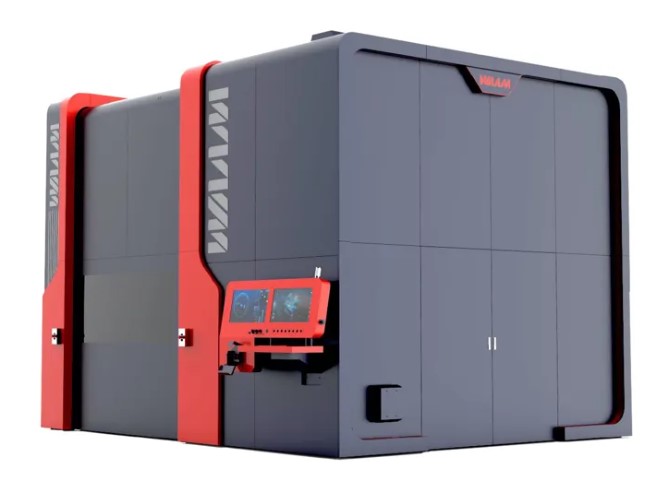

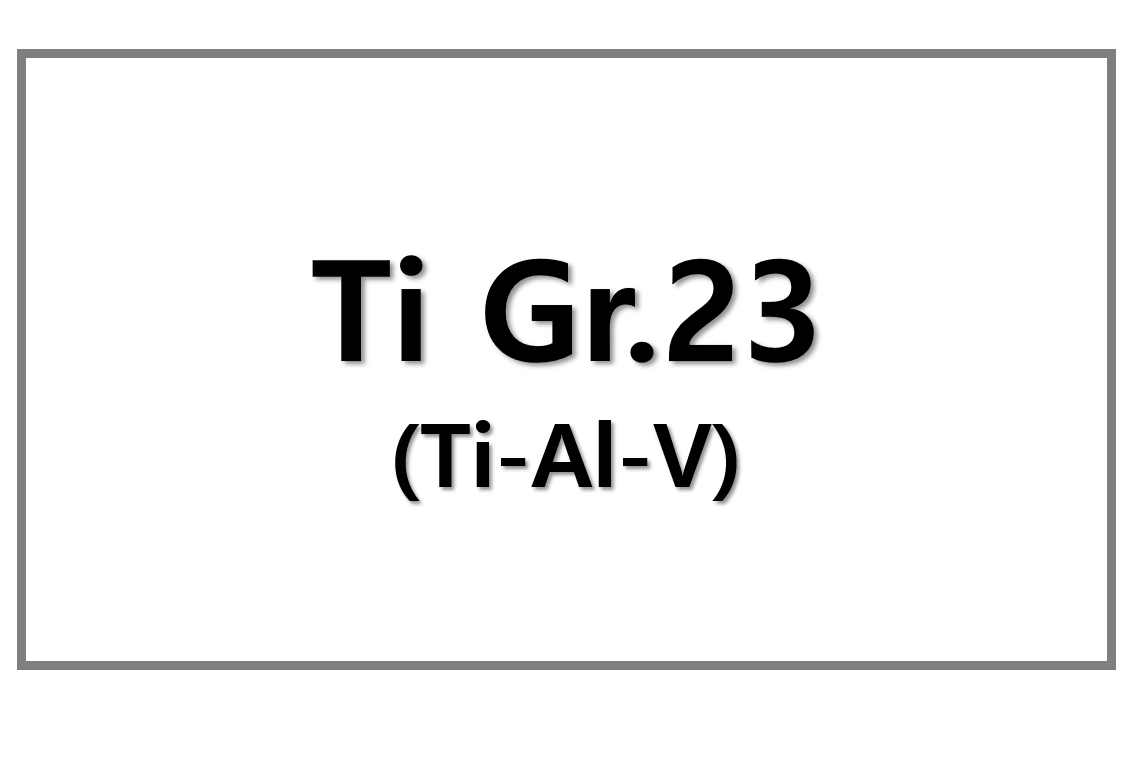
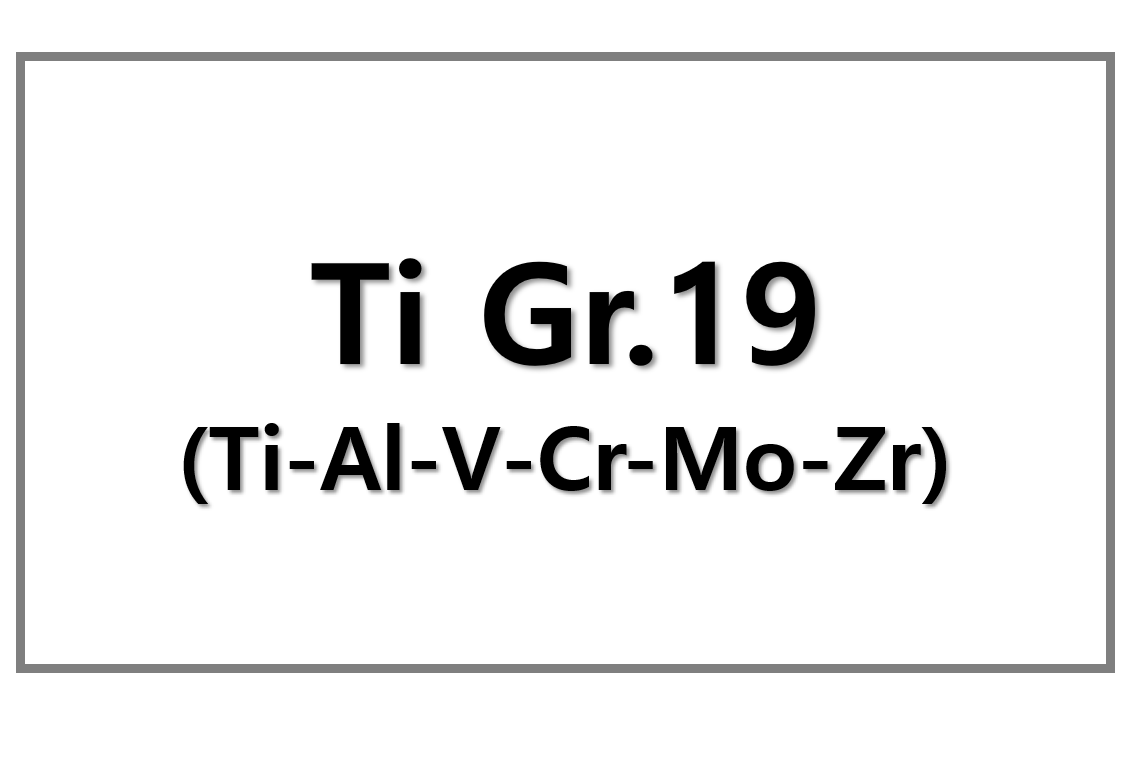
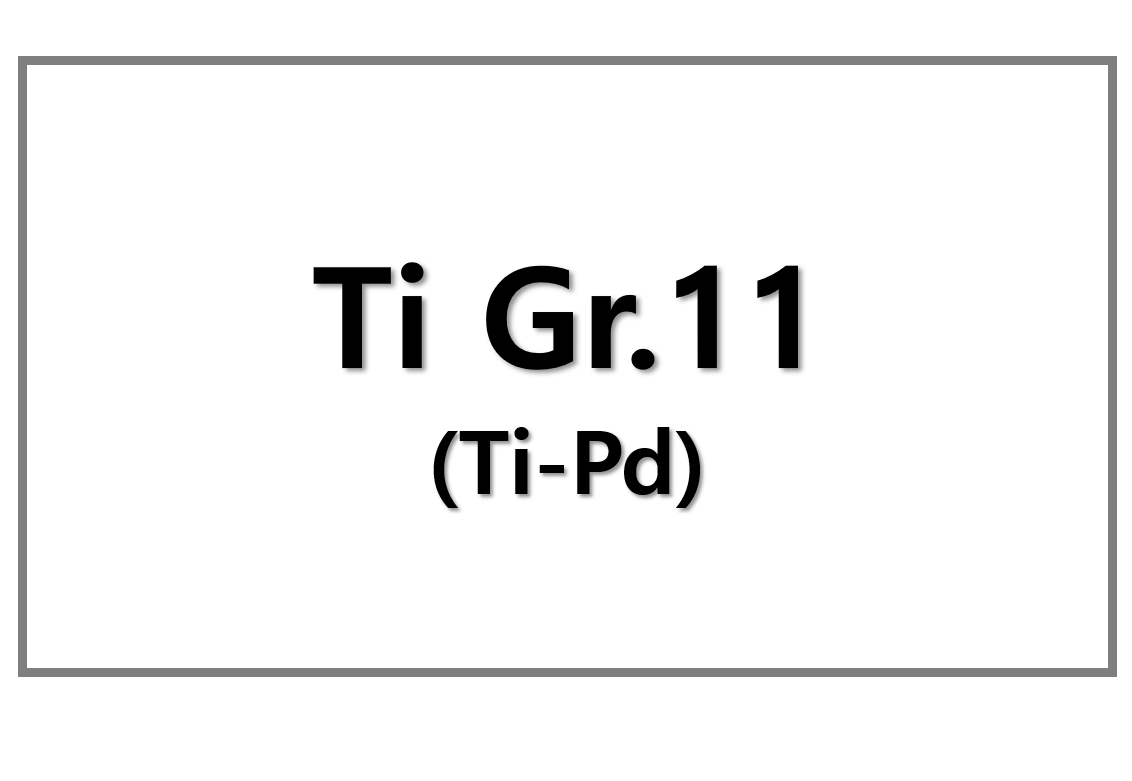
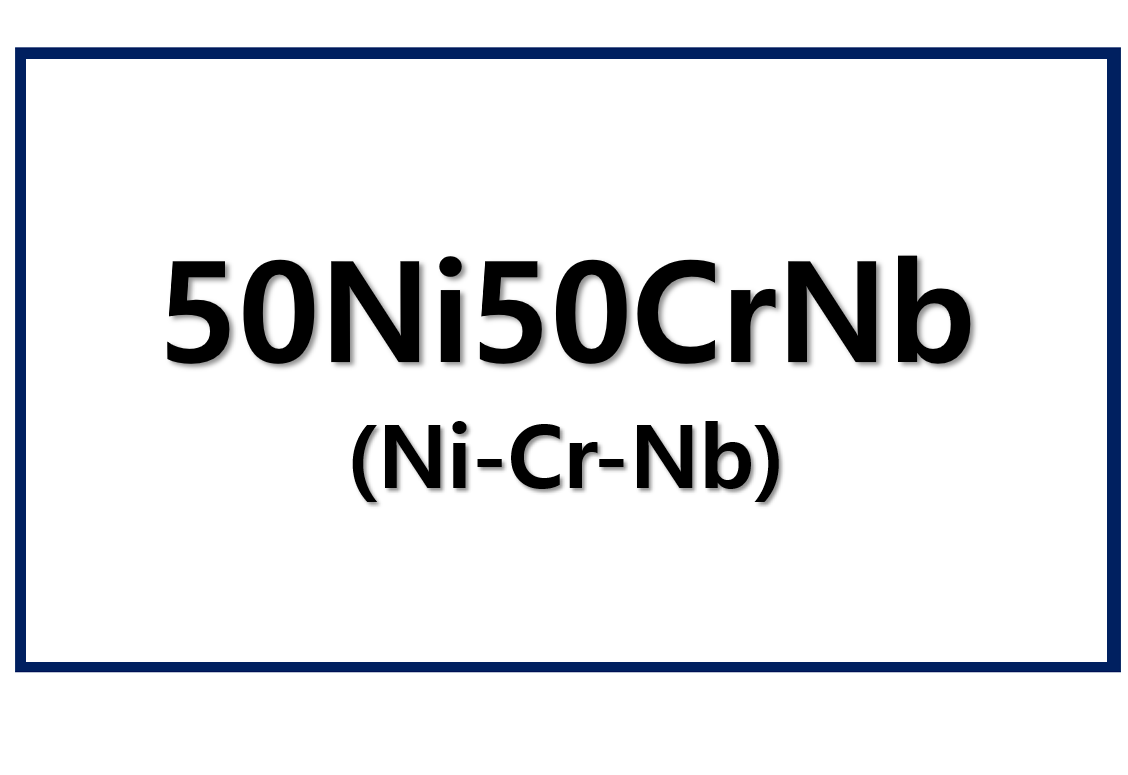
Leave a Reply
You must be logged in to post a comment.